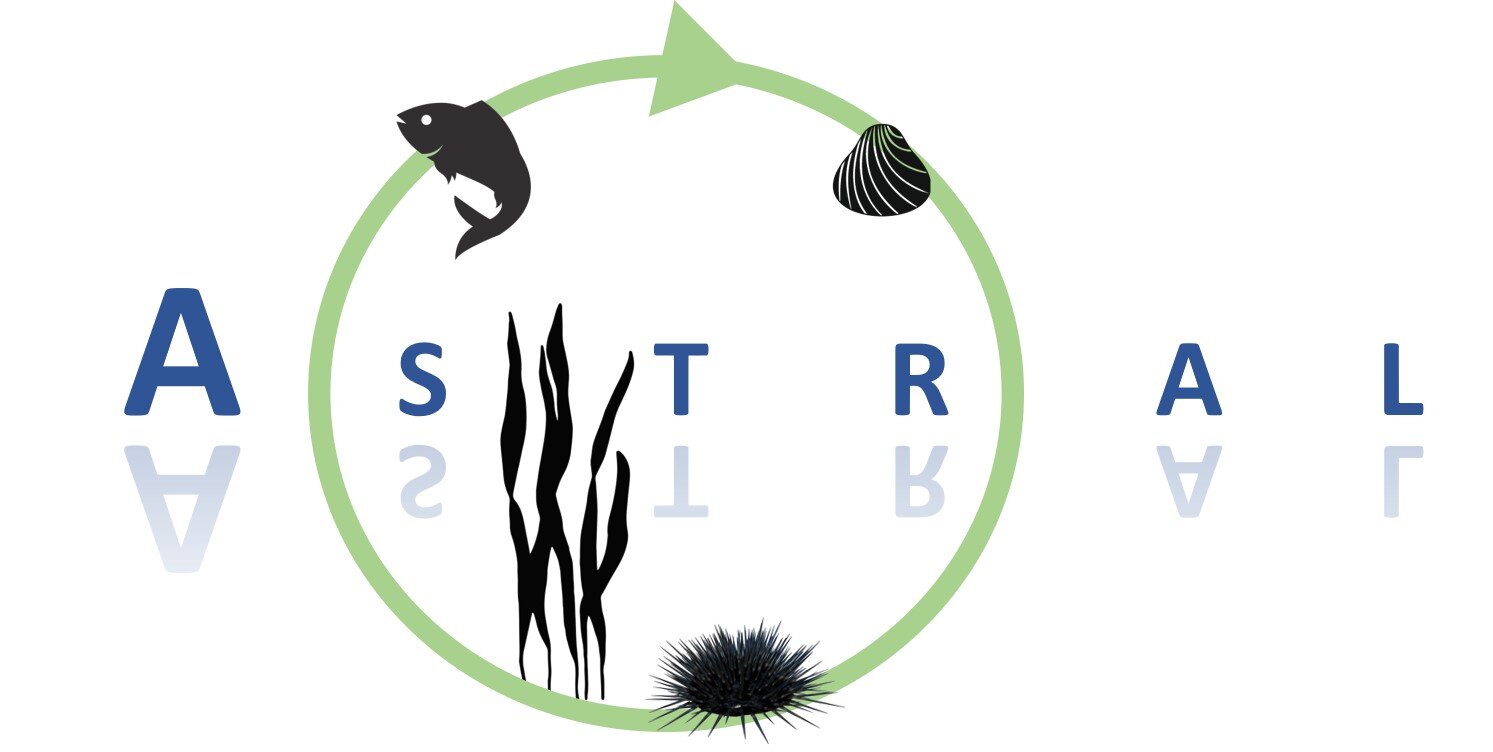
How Astral plans to identify the best sustainable aquaculture locations in Argentina
The Astral project continues to collect data and investigate possible integrated multi-trophic aquaculture (IMTA) sites along Tierra del Fuego’s coast.
We are designing a Geographic Information System (GIS) by gathering data that will allow us to determine the best areas for IMTA locations (Fig. 1 and 2).
The GIS data will help us to develop a strategy to harness land-based and open-water systems that integrate local species such as small puyen (Galaxias maculatus), Patagonian blenny (Eleginops maclovinus), southern king crab (Lithodes santolla), blue mussel (Mytilus chilensis), red sea urchin (Loxechinus albus), sea lactuca (Ulva sp.), and sarcocornia (Sarcocornia magellanica).
To achieve this, we are gathering GIS data based on four major criteria: 1) Environment, 2) Services, 3) Infrastructure, and 4) Interaction with other activities.
We hope that the analysis model we are building can be deployed along the entirety of Argentina’s Atlantic coastline to select future IMTA sites.
The environmental impact of IMTA in the Beagle Channel is one of the main inputs required by the GIS.
To generate this data, we deployed two lines of sensors to record water temperature, conductivity and light every 15 minutes at the mouth and inlet of Brown Bay (Fig. 3).
In addition, another sensor was placed to record the temperature and water level in the Almanza River, which is the main freshwater inlet to Brown Bay (Fig. 4).
We have just completed our first year of flow and temperature data collection in the Almanza River.
These are the first automatic records of the freshwater inlet into Brown Bay, which will allow us to better understand the dynamics of conductivity, turbidity and nutrients.
This information will be necessary to properly manage a potential IMTA system.
Figure 1: Protected areas of Tierra del Fuego where the establishment of aquaculture facilities should be avoided.
Figure 2: Brown Bay and its surroundings where there are areas with special regulations for aquaculture development.
Figure 3: Schematic deployment of environmental sensors for temperature, conductivity and light (PAR) mooring with a double-buoys system out of Brow n Bay (54°52'23.60"S 67°32'36.71"W).
Figure 4: Outflow of the Almanza River into the Brown Bay where we are recording water level and temperature.




